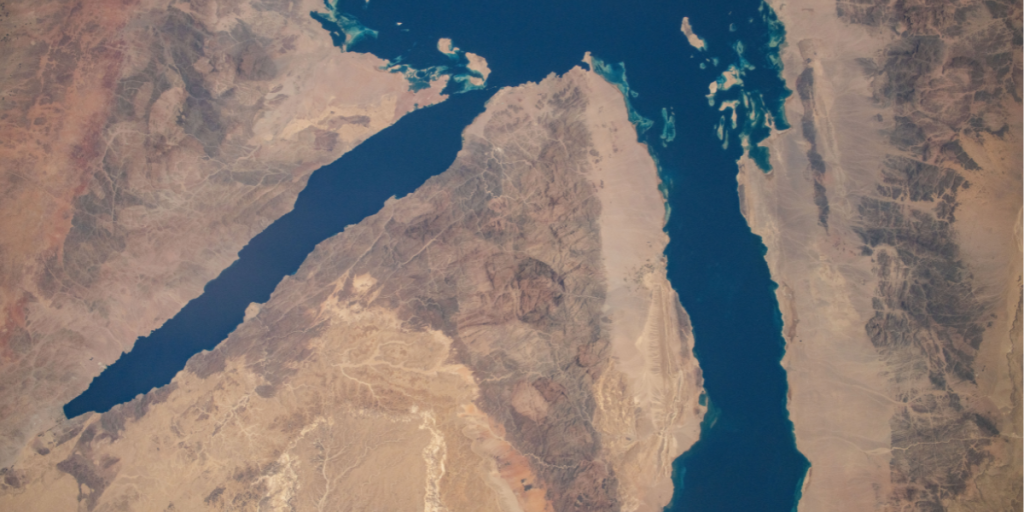A multinational team has traced subtle geological clues that point to a process still unfolding, even if at a glacial pace.
Others are reading now
Scientists once believed the land beneath the Gulf of Suez fell silent long ago. New research now paints a more complicated picture, suggesting the region never fully stopped pulling apart.
Ongoing tectonics
Researchers from China, the UK, and France examined roughly 300 km of the rift zone, according to reporting from WPtech. Their findings show the Suez Rift continues to open at around 0.5 mm per year — far slower than in the distant past but still active.
The team assessed landforms, river patterns and uplifted coral terraces, some standing 18.5 meters above today’s shoreline. Such elevations, they noted, could not be fully explained by surface erosion.
Evidence instead indicated lingering tectonic motion, challenging the longstanding assumption that continental rifting there ended 5 million years ago.
A middle path
WPtech cites David Fernández-Blanco of the Chinese Academy of Sciences for saying: “We believe our work fundamentally changes our thinking about rift evolution.”
Also read
He added that scientists often describe rifts as either successfully forming new oceans or shutting down entirely.
Shifting boundaries
The study suggests that rifting slowed when regional plate motion shifted toward the Dead Sea fault system.
That change created a new boundary between the African and Arabian plates while leaving the Suez Rift still faintly active, WPTech notes.
Seismic implications
According to WPTech, the authors argue that their results warrant fresh examinations of other so-called failed rifts, which may also be more dynamic than previously assumed.
They conclude that Earth’s tectonic systems evolve in more persistent and complex ways than classic models convey, pointing to a landscape that never fully settled.
Also read
Sources: WPTech,


